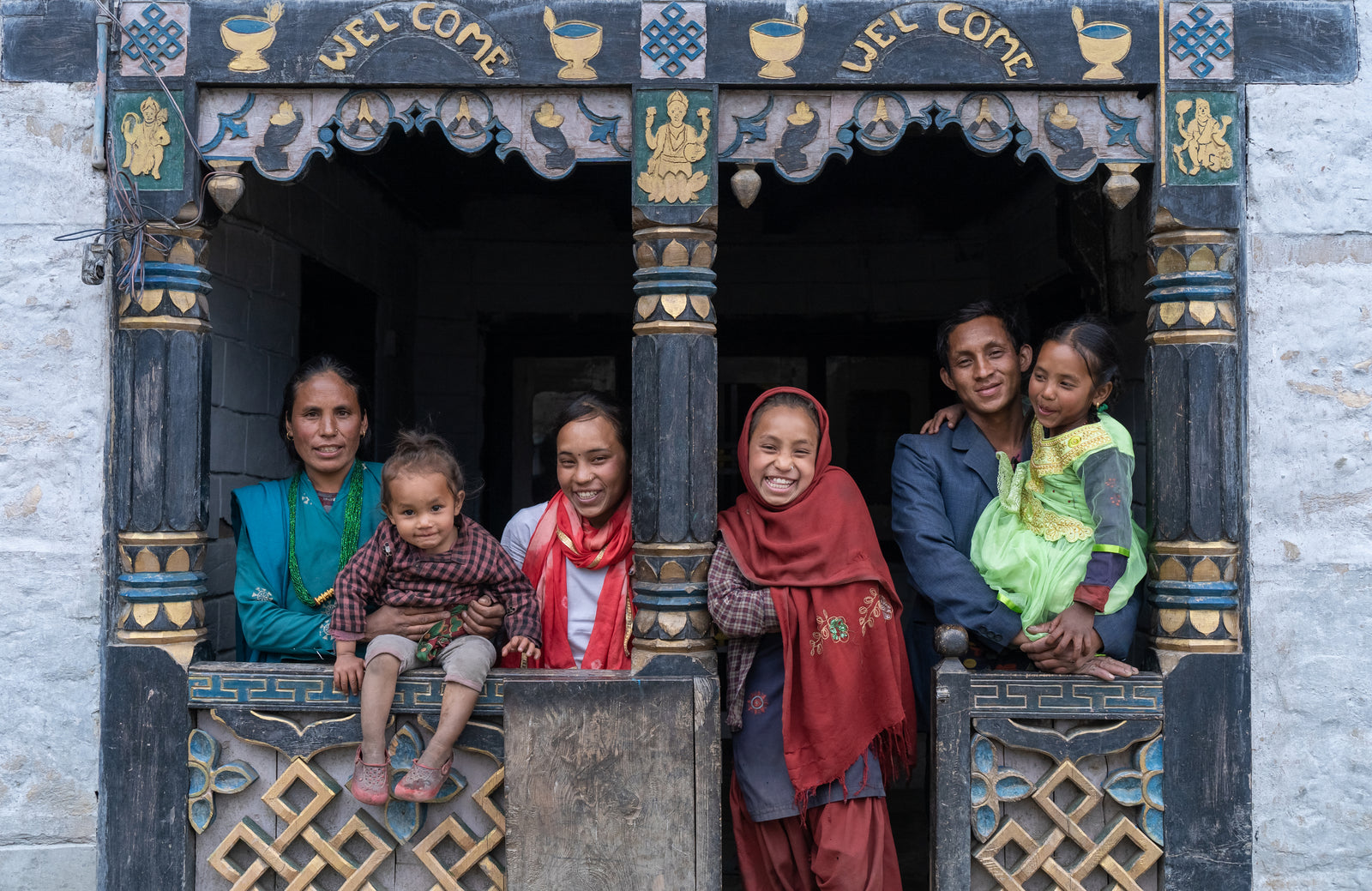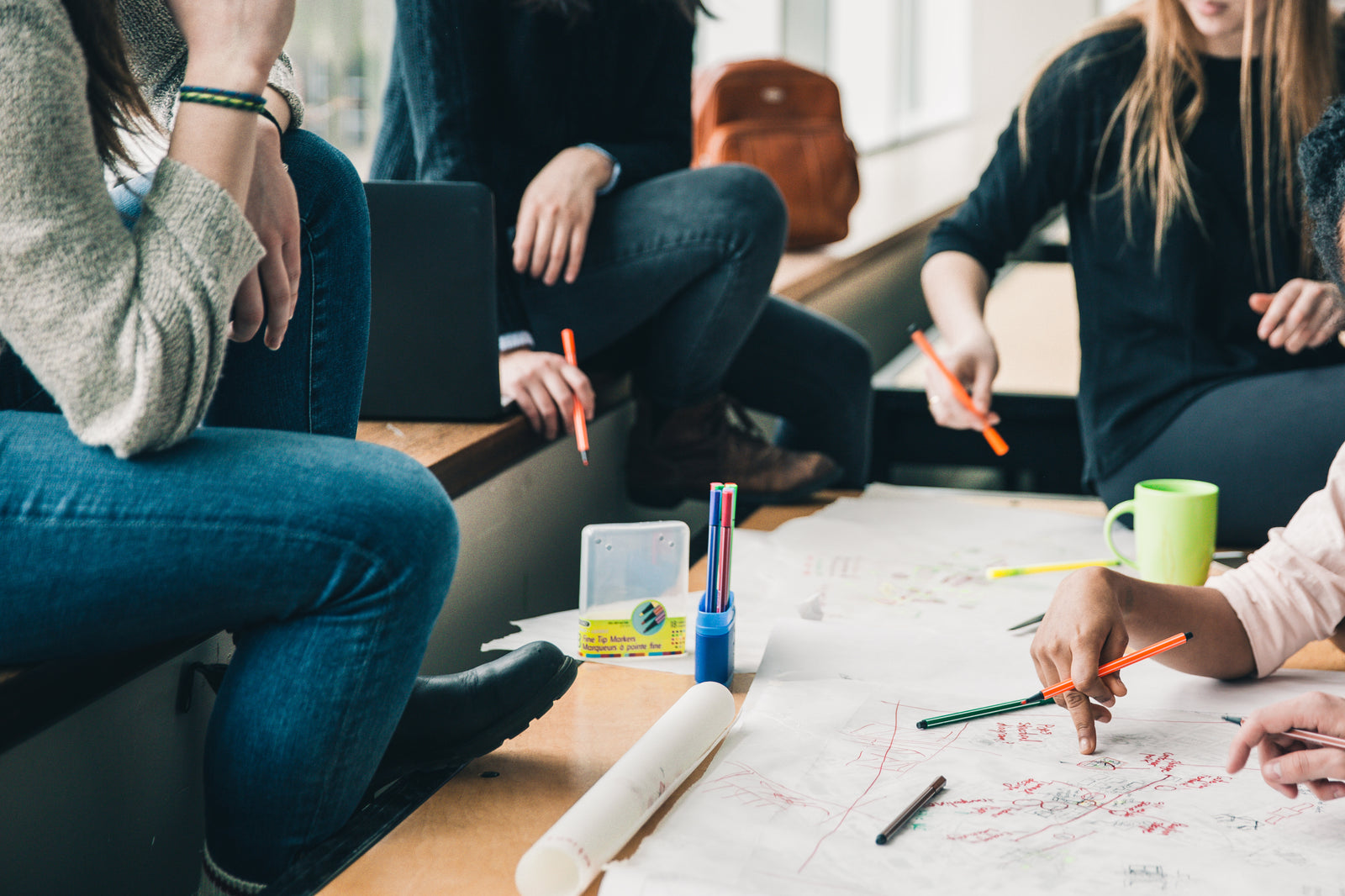Add description, images, menus and links to your mega menu
subjects
about us
A new chapter: The library in Dhanusha, Nepal
project
| Project number | NEP 24-002 |
| Accompanied by |
|
| Project location |
|
|
Target group
|
|
| Focus |
|
| Funding requirements |
CHF 4,500 |
|
|
LINK (Project Completed) |
| status |
|
Initial situation
The present concept aims to create a child-friendly library specifically tailored to the needs and learning level of elementary school children. The library is intended to be an inspiring learning space offering a wide selection of books, learning materials, and games – with a focus on promoting basic skills such as reading, writing, and text comprehension. Particular attention is paid to providing materials in the local language to provide children with the lowest possible access to reading.
The library is also equipped with a computer to support administrative tasks and a projector that facilitates audiovisual learning and offers a wide range of didactic possibilities.
In addition to free access to learning resources, the library will offer regular activities and events, including storytimes, creative workshops, and interactive learning and play groups. These formats are designed to stimulate children's interest in reading and learning through play and provide them with a supportive and motivating learning environment.
The aim of establishing this library is to make a lasting contribution to promoting basic educational skills. The goal is to strengthen children's cognitive abilities, promote their self-confidence, and open up better educational and future opportunities for them in the long term.
Target group
The library is primarily geared towards the needs of primary school-aged children. During this stage of education, learning basic reading and writing skills is particularly important, as they form the basis for children's further academic success and personal development.
In addition, teaching staff also benefit from this educational project. The library provides additional materials and resources that can enrich lessons and provide new pedagogical inspiration. By using the library and participating in reading activities, teachers have the opportunity to make their lessons more varied, better support individual learning paths, and integrate modern teaching methods into their practice.
Access to a well-equipped library not only opens up new content opportunities for teachers but also strengthens their professional skills. Thus, the project overall contributes to a higher-quality and more inspiring learning environment for all involved.
Shree Rastriya Basic School
|
Number of children |
Level |
|||
|
Class |
boys |
Girl |
Total |
|
|
ECD |
23 |
24 |
47 |
Kindergarten |
|
1 |
17 |
32 |
15 |
Primary school |
|
2 |
15 |
20 |
17 |
|
|
3 |
13 |
14 |
21 |
|
|
4 |
21 |
10 |
16 |
|
|
5 |
14 |
11 |
17 |
|
|
Total |
103 |
111 |
214 |
|
* Explanation of school levels in Nepal:
The preschool/kindergarten phase is optional for children between the ages of 3 and 5. This is where basic social, emotional, and cognitive skills are developed.
The age range for primary school in Nepal is typically between 6 and 11 years . The Nepalese education system typically consists of five years of primary education, beginning with preschool or grade one and ending with grade five. Classes focus on learning basic skills such as reading, writing, arithmetic, and fundamentals in science, social studies, Nepali language, and English.
Secondary education is divided into two phases: lower secondary (grades 6 to 8) and upper secondary (grades 9 and 10) . In these phases, instruction becomes more extensive and in-depth, and students are prepared for the final examination.
After successfully completing secondary school, students can enter the upper secondary school, which includes grades 11 and 12. Here, they can choose between various fields of study, such as science, commerce, or humanities.
After completing upper secondary school, students have the opportunity to study at colleges or universities to obtain a bachelor's degree.
Project objective and impact
 |
 |
What we do
library
A central goal of the project is to develop and strengthen children's reading skills. Providing an age-appropriate library with a diverse range of books is intended not only to encourage reading but also to foster a love of it. This plays a crucial role, especially in a country like Nepal, where access to quality education is limited in many places.
Why children’s books are so important in primary school:
-
Foundation for reading skills: Children's books provide crucial support for acquiring basic reading and language skills. They promote vocabulary, text comprehension, and grammar—essential for further education, especially in regions with low literacy rates.
-
Cognitive development: Stories stimulate thinking, imagination, and problem-solving skills. Complex content and characters enable children to think beyond their everyday world and grasp abstract concepts.
-
Language promotion in multilingual contexts: In a linguistically diverse country like Nepal, children's books help strengthen local languages and support the learning of foreign languages.
-
Emotional and social education: By identifying with book characters, children develop empathy and social skills. Books convey values such as respect, tolerance, and compassion—important in a culturally diverse society.
-
Creativity and imagination: Children's books open up spaces for creative thoughts and new ideas. These skills are relevant not only for personal development but also for future innovation.
-
Cultural identity and values transmission: Books can convey stories, legends, and traditions from different regions of Nepal. They promote cultural awareness and help preserve the country's rich heritage.
-
Positive effects on school performance: Children who are exposed to books at an early age demonstrably perform better in school. Books motivate learning and create a solid foundation for educational success.
- Motivation through child-friendly design: Colorful and engaging children's books increase the desire to read. They offer a welcome, playful addition to an often theory-heavy classroom.
Children's books are a simple yet effective tool for promoting education, creativity, and social development – especially in educationally disadvantaged regions of Nepal. Access to well-chosen books can contribute to strengthening educational equity and opening up new perspectives for children in the long term.
Activities
The implementation of the library project includes several coordinated steps that together pursue the goal of creating an inspiring and child-friendly learning space:
Procurement of books and materials
The library's foundation is the selection and systematic purchase of age-appropriate books and learning materials. All media are carefully organized and arranged according to didactic criteria to ensure easy access for the children.
Furnishings using local resources
The necessary furniture—shelves, tables, and seating—will be made by local carpenters. Financing will be provided in cooperation with local authorities and the community, which not only increases the equity but also supports the local economy.
Cooperation with school and community
Close coordination with school management, local authorities, and the community ensures the sustainable implementation of the project. This collaboration promotes acceptance, shared responsibility, and long-term use.
Renovation and interior design
The existing spaces will be renovated and redesigned to be child-friendly—including carpets, colorful murals, and an atmosphere that invites people to linger, read, and learn. Divided into comfortable reading, play, and study areas, the library will become a versatile educational space.
Systematic cataloging
The books are color-coded by age group. Shelves are labeled accordingly to help children navigate and encourage independent selection.
Training of library staff
The library team receives a thorough introduction to library management and educational support for children. The goal is to actively support the children in their use of books and media.
Integration of modern technology
To expand its learning offerings, the library will be equipped with computers and a projector. This technology will enable audiovisual learning opportunities and create new learning approaches, especially for visual learners.
Through close community involvement, child-friendly design, and targeted training, the library becomes a sustainable learning space that goes far beyond traditional reading – a vibrant space for education, creativity, and community.
Logframe (SMART = specific, measurable, acceptable, realistic, timed)
| Target level | Description | Indicators | Verification methods | Assumptions / Risks |
| Overall goal | Improving the quality of education and promoting reading skills among primary school children |
-Increased reading skills in standardized tests |
-School reports |
Parents support their children's school attendance |
| Project goal | Establishment of a functional, child-friendly library in the primary school | -Library is functional after 2 months -at least 60% of students use the library regularly |
-Project reports -Usage logs -Interviews with students |
Schools and authorities are actively working with |
| Results | -Books and materials are available -Rooms are renovated and furnished -Staff is trained -Technology is installed |
-At least 1000 books catalogued -1 renovated room with furniture -2 employees trained -1 computer & 1 projector in use |
-Inventory lists -Photos/Videos -Training certificates |
Schedule is adhered to, access to materials is secured |
| Activities | -Selection and purchase of books -Manufacture of furniture -Renovation of the rooms -Training of staff -Technology integration |
- 100% of the planned activities are completed within 2 months | -Progress reports -Acceptance inspection |
Local partners adhere to agreements |
Result
Contact person Project Office Switzerland
 |
Pranita Chettri
+41(0)79 899 55 80 |
As an Indian, I know the value of education and equality. With heart, commitment, and enthusiasm, I work to provide children with access to education and equal opportunities. |



